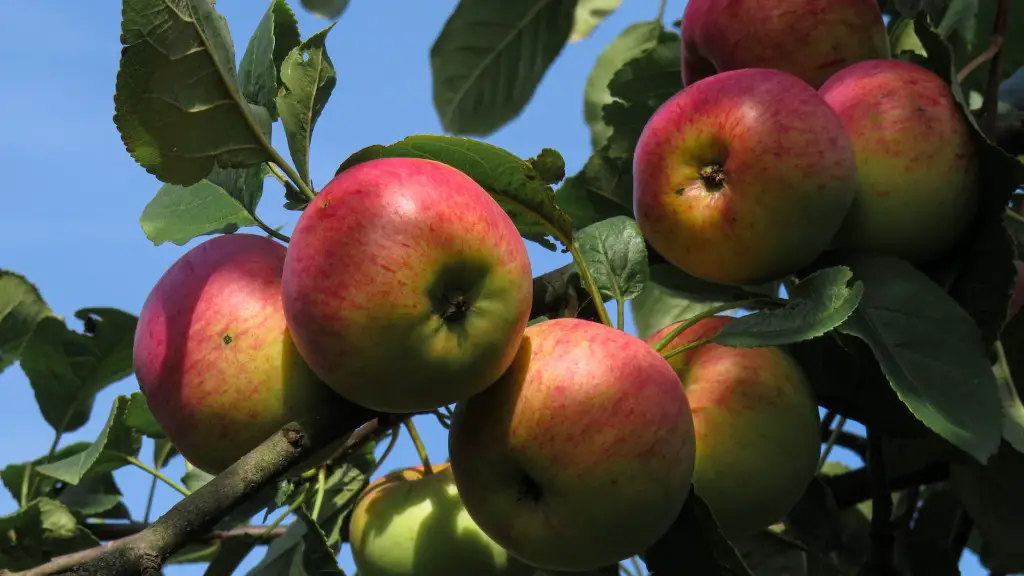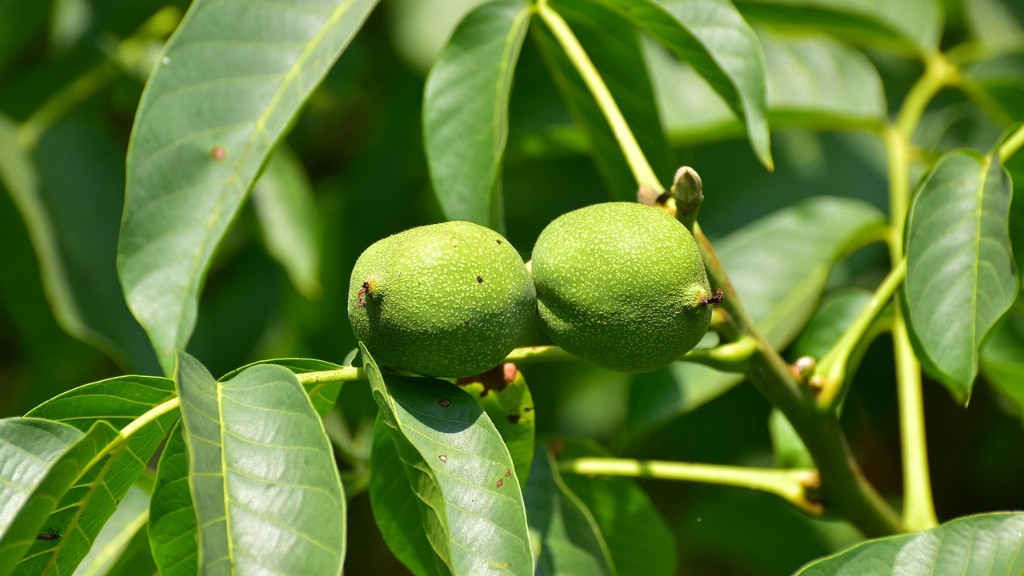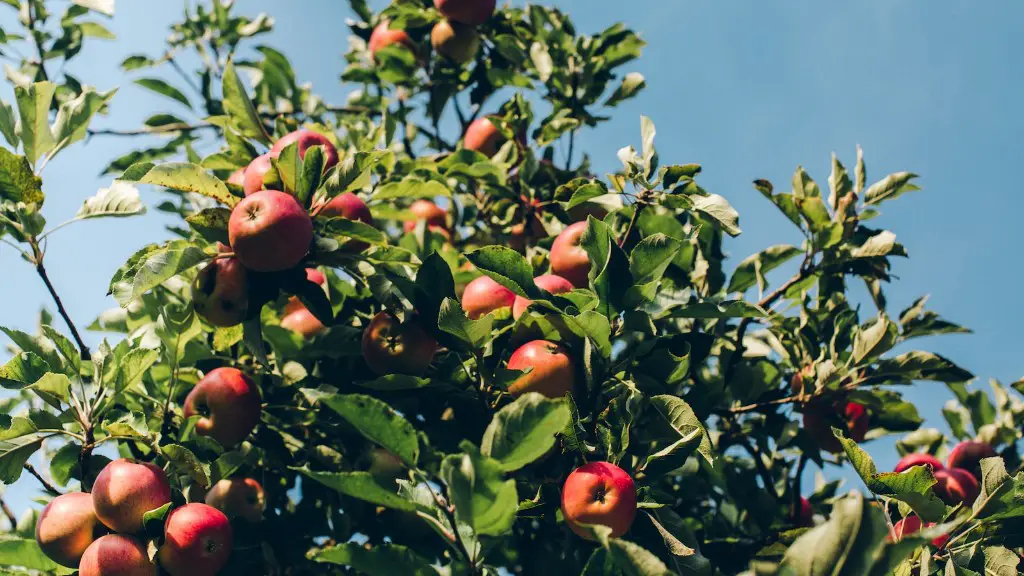Growing avocado trees require considerable effort, yet the rewards are bountiful. To produce abundant and healthy harvests of juicy, flavorful avocados, periodic fertilization must be provided as it is essential for trees to receive the right amount of minerals and other nutrients for successful growth and production. Discover how to effectively fertilize an avocado tree and reap sizable harvests of the popular fruit.
Fertilizers are supplements that provide both macro and micronutrients that boost the growth and maintenance of plants, including avocados. Macro and micronutrients need to be replenished regularly as they are continually used up and washed away with each growing season. The main macronutrients required for avocados are nitrogen, phosphorus and potassium, while smaller amounts of magnesium, calcium and trace elements such as zinc, copper and boron are essential as micronutrients.
During the growing season in spring and summer, fertilize avocado trees every four weeks to best nourish the trees. When selecting a fertilizer, be sure to look for one that contains different macronutrients (e.g. 11-12-13) and trace elements. You can also use both dry and liquid fertilizers which provide the same nutrients, though you may see them labelled differently. To guarantee a successful harvest, begin fertilizing in late winter or early spring before flowering begins and the leaves have started to unfurl.
When fertilizing, never place the fertilizer too close to the trunk of the tree as it can easily burn the tree’s delicate bark. Carefully spread the fertilizer evenly over the entire root system and 10 to 15 feet beyond the dripline of the tree, which is easy to identify as the limit of the tree’s canopy. After you have made sure the fertilizer has been well-distributed, gently use the rake to incorporate it into the ground.
Balanced fertilization is essential for avocado trees to reach their full growth potential and thrive. When fertilizer burns occur, they can cause stunted growth and eventual death of the avocado tree. To avoid fertilizer burn and unhealthy tree growth, always make sure to follow the manufacturer’s instructions on how to dilute and apply the fertilizer, as well as the appropriate amounts.
Avocado trees require adequate quantities of water for the majority of their growth and when the trees have begun to bear fruit. Drip irrigation is the most effective way to water the trees long-term. During times of heavy or persistent rainfall, be sure to cease applying fertilizer and water until the rainfall has abated.
Soil pH and Fertilizing
It’s always a good idea to first accurately assess the soil pH levels of your avocado tree before fertilizing or applying any other type of soil augmentation. Soil pH is an indication of the amount of nutrients present, which will in turn determine what kind of fertilizer is required. A pH test will show you whether your soil is too acidic, too alkaline or has the appropriate pH levels. Avocado trees prefer soil that is slightly acidic, usually between 6 and 7.
Soil that is too alkaline can be treated with sulfur, while soil that is too acidic can be treated with hydrated lime. Both can be incorporated into the soil to achieve the desired pH balance. Doing regular soil pH testing and incorporating the correct additives will do wonders in terms of boosting the growth and productivity of your avocado tree.
Organic Fertilizer
Organic fertilizers are great for providing both sustained and quick release nutrition for avocado trees. An organic fertilizer such as an all-purpose compost or an animal-based fertilizer like fish emulsion will provide the tree with the necessary macro and micronutrients without any risks of soil salinity or nutrient locking.
Organic fertilizers do not contain synthetic chemicals and are more efficient than chemical alternatives in replenishing the soil. As an added bonus, organic fertilizers strengthen the tree’s root system, making the tree more drought-resistant and more resilient in times of harsh weather.
Importance of Balanced Nutrition
Balanced fertilization is key to successful tree growth and production. A balanced mix of macro and micro elements is essential to ensure optimal absorption of nutrients by the tree. Trees require different amounts of each nutrient and when they are unbalanced, it can lead to deficiencies and nutrient lockup which can slow down or even stop growth and production.
Trees can quickly be overwhelmed by too much Nitrogen and supplemental fertilizers may not be necessary. Before deciding to fertilize avocado trees, it’s best to have the soil tested and note the levels of nutrients. This will ensure that the tree is receiving the correct amounts and in the proper balance.
Proper Fertilizing Schedule
It’s important to maintain a consistent fertilizing schedule and to supplement with additional water when needed. Doing so will ensure that your avocado tree grows strong, healthy and abundant with juicy, disease-free fruit. Establishing a proper routine and consulting with specialists can help you achieve superior results.
When fertilizing, also consider using a root stimulator as it can help keep the root system healthy in addition to encouraging healthy tree growth. A root stimulator can also help reduce setbacks due to diseases, pests or temperature fluctuations. When watered and fertilized regularly, an avocado tree can reward owners with delicious avocados in as little as three years.
Fertilizing in the Off-Season
Although fertilizing activity should lessen in the fall and winter seasons, periodic fertilizing throughout the year provides trees with the vital nutrients for growth and production. Fertilizer applied during the off seasons should be more lightly applied as the trees are not growing as rapidly. The amount of nitrogen needs to be reduced while the amount of phosphorus and potassium should stay the same so that the energy balance is maintained.
When selecting fertilizer for off-season use, look for one labeled as a ‘winterizing’ blend which contains more phosphorus and potassium and fewer nitrogen additives. This promotes root health while allowing the tree to become dormant in times of harsh weather.
General Best Practices
When it comes to ensuring healthy and fruitful avocado trees, there are some general best practices to adhere to. Make sure to plant your tree in a location where it receives exposure to sunlight as well as protection from strong, drying winds. When selecting a tree for planting, it’s best to invest in a quality seedling or tree from a reputable nursery.
Avocado trees need room to spread their roots and for the branches to stretch upwards. Before planting the tree, dig a pit that’s twice the width of the root ball and the same depth. Make sure to not plant the tree too deeply and always add a generous amount of compost or soil amendment to the planting hole. Handle the tree gently and spread the roots outward after placing and filling the hole.
Protecting Your Harvest
When avocado trees become heavy with fruit, they will likely require additional support so that their branches won’t break. Stakes can be driven into the ground to provide stability, or cables can be secured between two neighbouring trees. Proper pruning is also essential to maintain an open canopy and should be done prior to the fruits ripening on the tree.
Along with regular fertilization, monitoring, pruning and protection, periodically checking for pests is also important. If a problem is identified, consult a specialist or agricultural advisor and choose the most suitable method of eradication. Following these steps faithfully will ensure a bountiful, juicy harvest of avocados that can be harvested with ease.




